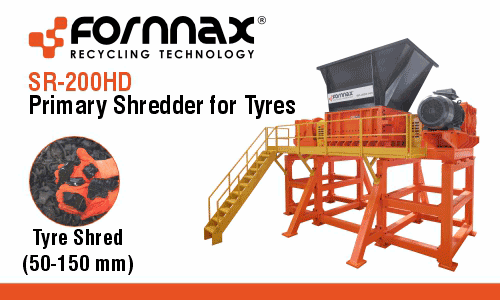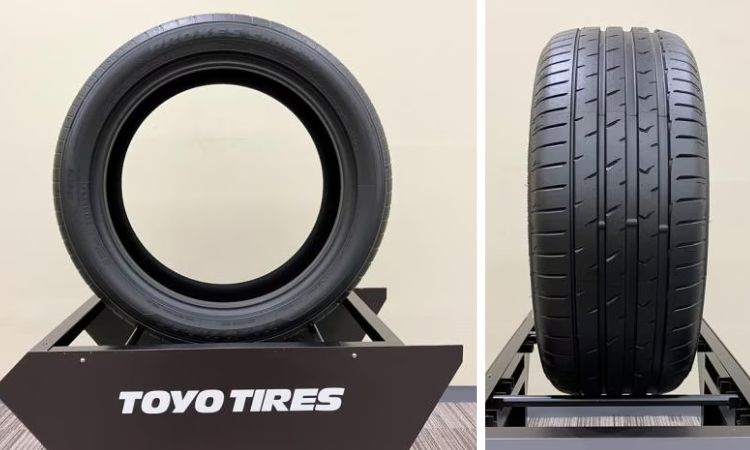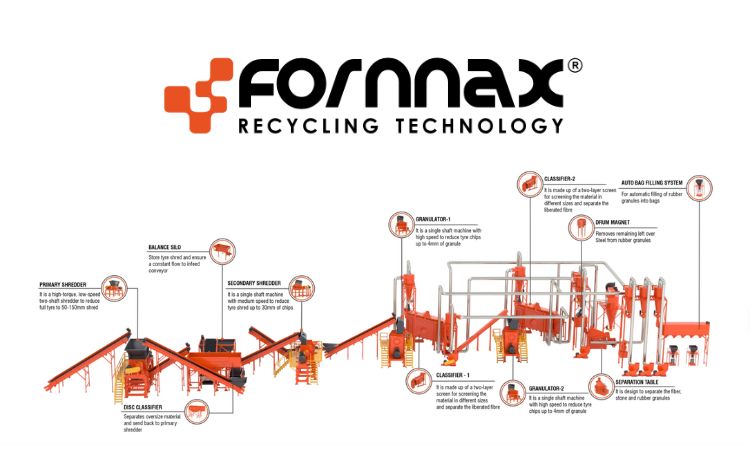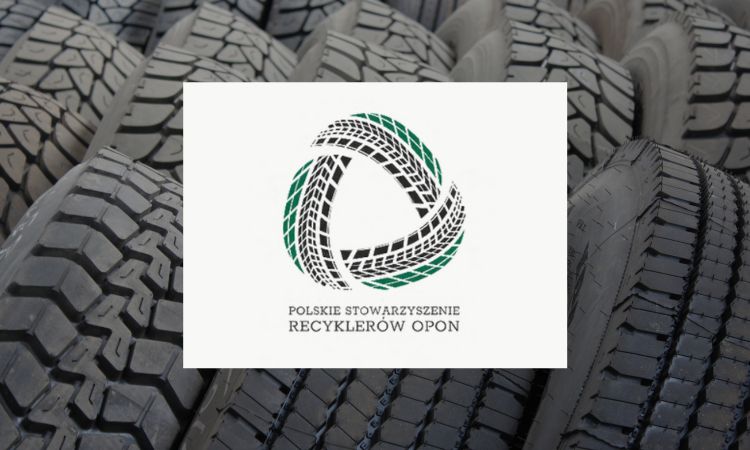IMO approves Net-Zero Framework to cut shipping emissions
The International Maritime Organization (IMO) has approved a comprehensive framework aimed at reducing greenhouse gas (GHG) emissions from international shipping. This initiative, known as the IMO Net-Zero Framework, introduces a two-tiered system of fuel intensity standards coupled with a market-based compliance mechanism, marking a pivotal step toward aligning the shipping sector with global climate objectives.
Central to the framework is the J9 Bridge proposal, which establishes a two-tiered credit trading scheme and fuel standard that will progressively require ships to reduce their fuel’s carbon intensity over time. The system will come into force in 2028 and will apply to vessels of 5,000 gross tonnage and above. From that year onwards, ships must measure their greenhouse gas fuel intensity (GFI) against a benchmark set at 93.3 gCO₂eq per megajoule, based on 2008 levels (for comparison, the EU’s FuelEU Maritime baseline averages 91.16 gCO₂eq/MJ in 2020). Ships will be required to meet two levels of mandatory emissions reduction targets.
The framework was approved during the IMO’s MEPC 83 meeting in London (7–11 April 2025), where Member Nations broke the longstanding deadlock on climate regulation by adopting a draft amendment to Annex VI of the MARPOL Convention. Despite objections from Pacific Island states and the withdrawal of the United States from the negotiations, the J9 Bridge compromise, led by Singapore and supported by China and Brazil, gained majority approval.
The two-tiered compliance system introduces a Base Target, requiring moderate GHG intensity reductions (starting with 4% in 2028, 8% by 2030, and 30% by 2035), and a stricter Direct Compliance Target (DCT) with more ambitious reductions (17% by 2028, 21% by 2030, and 43% by 2035). Non-compliant vessels will be obligated to purchase Remedial Units (RUs): Tier 2 RUs at $380/tonne CO₂eq for failure to meet the Base Target, and Tier 1 RUs at $100/tonne CO₂eq for shortfalls between the Base and Direct Compliance Targets. Vessels exceeding the DCT will earn Surplus Units (SUs), which may be traded or banked for future use.
The framework also incentivizes the adoption of zero and near-zero greenhouse gas (ZNZ) technologies, defined as fuels achieving GHG intensity below 19 gCO₂eq/MJ through 2035. Revenues from the compliance system will fund technology deployment, seafarer training, and support for developing countries through a newly established Net-Zero Fund.
Although some environmental groups argue that the penalty levels are insufficient compared to the EU’s stricter carbon pricing schemes (EU ETS and FuelEU Maritime), the IMO’s framework is recognized as a major milestone. If finally adopted in October 2025, it will make shipping the first industry to have a globally mandated carbon price and emissions reduction targets.
For further insights, read IMO's full article.
Weibold is an international consulting company specializing exclusively in end-of-life tire recycling and pyrolysis. Since 1999, we have helped companies grow and build profitable businesses.









